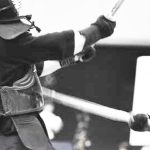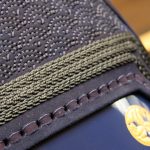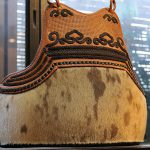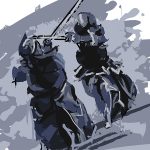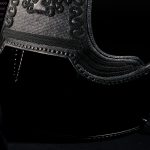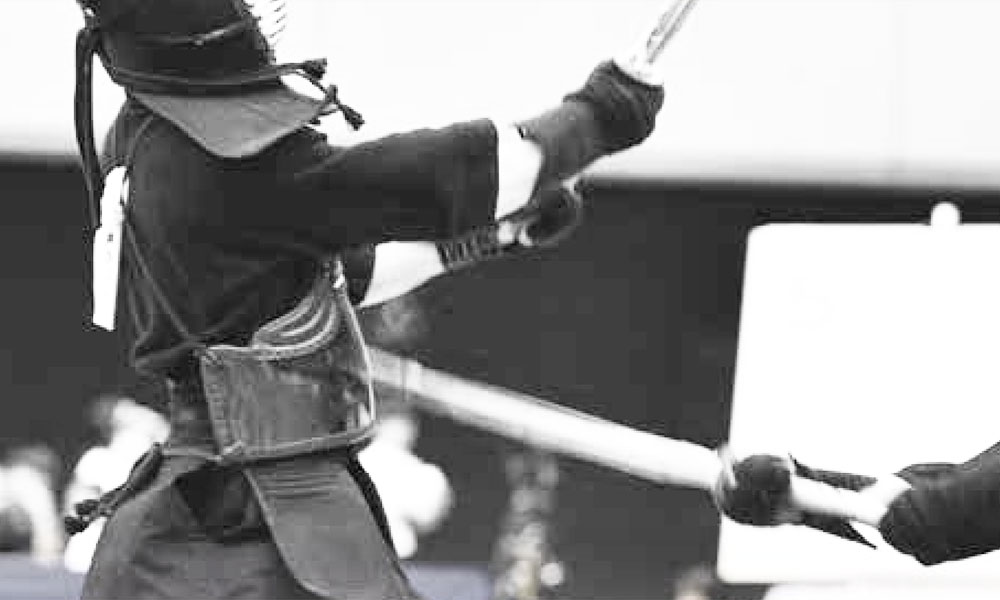
Striking points (datotsu-bui) like men and kote, the rules of shiai, the flow of keiko, and proper etiquette…For everyone reading this, these are all common sense things when it comes to how kendo is and how it is to be done. Have you ever stopped and wondered how it is that it all came to be this way? Many readers may have little interest in things that happened so long ago. Just moving your body as much as you can for now, winning in shiai, and passing the next grading exam are your main goals.
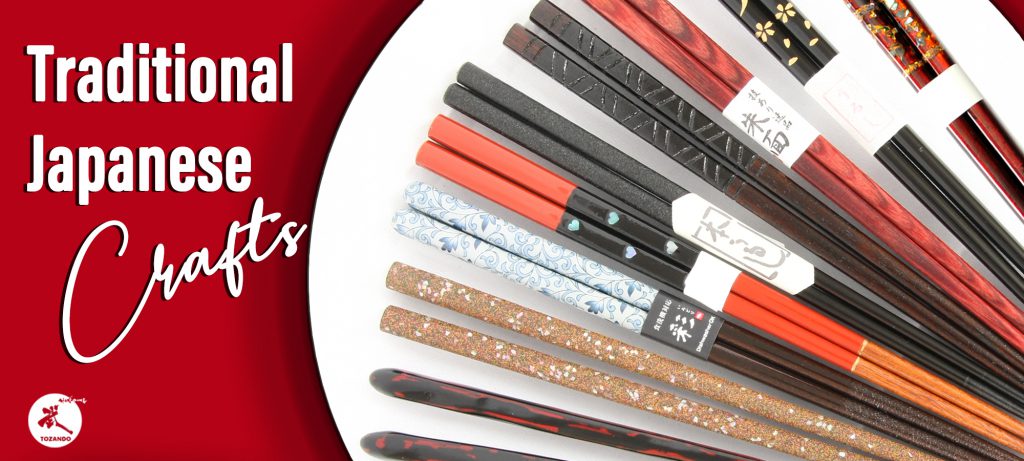
Yet, knowing kendo’s past will help to make many things quite clear. How did our predecessors pass on kendo down to us? What did they think about future generations? Moreover, what about kendo did they find so wonderful? How should kendo continue to develop from here on out? Those are the things we can begin to see. Or, even what meaning does kendo have in our lives? How should we live? This is not an exaggeration. Through the history of kendo, even concerning such large themes, a great many things will come to light.
If you were to only practice to win, it would be no different than any other sport. In kendo, however, we do not have practice, we have keiko. When the kanji for keiko are broken down, it means to ‘consider the past.’
In this series, we will be talking with Yusuke Yano- who has been researching the history of various sports- to discover the reasons and details that has led kendo to be what it has now become. We promise many discoveries that will have you saying, “So that’s why!”
Interviewer – Tomoya Suzuki
Suzuki – In the AJKF ‘Rules for shiai and shinsa,’ the striking point for do are listed as ‘the right-do and the left-do,’ with no mention of ‘gyaku-do.’ However, the left do is generally called ‘gyaku-do.’ Does that mean that the right do is the ‘correct’ do? Or does it mean that there used to not be a left-do? I would like to start by getting to the bottom of these questions.
Yano – So let’s begin in the Meiji Period. The letter press has already become common entering the Meiji Period with many publications being made regarding kendo. The tip of the sword of these publications was Shingoro Negishi’s ‘Gekiken Shinan,’ (The 17th year of Meiji 1884) in which we read “When striking the do, between the left and right side, striking the right is best.” Looking at most other literature from the 20th through the 30th year of Meiji, most all focus solely on the right do.
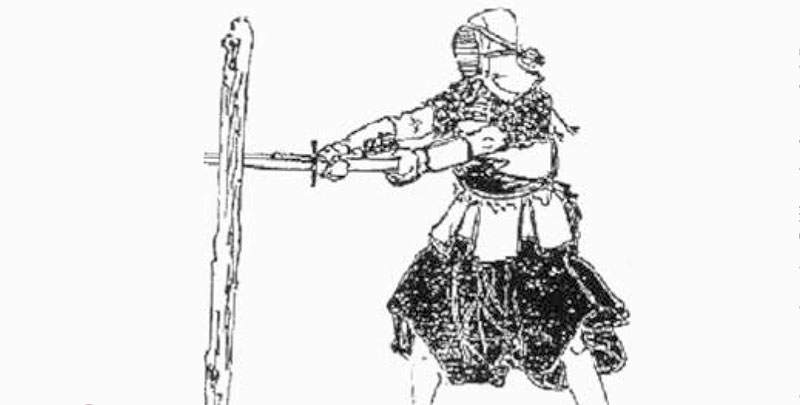
Yet, as the competitive side of kendo continued to grow, we see many people striking the left do. However, there are also historical materials that go against this. In the 28th year of Meiji (1995) Oshiro Kameyama wrote in his ‘Gekiken to Jyujutsu Zukan’ that “gyaku-do is a technique that is unacceptable” and moreover, “Lately, this measure (gyaku-do) is one that many people are employing and having seen this I am very distraught.” There is even an illustration of gyaku-do. This is when gyaku-do may have started to become quite popular.
Suzuki – Many some people even today say is that as bushi wore their katana on the left side with the saya it was not possible to cut there. Is it possible this was indeed the reason that gyaku-do was not recognized?
Yano – In my research (‘Physical Education Research’ 59(2), 2014) this is also pointed out. An explanation as to why the right-do was given so much concern was explained in a text written the same year of Meiji as Kameyama’s work (1895). In Ichikawa’s ‘Kenpo Doku Annai’ it says, “From the ribs cut sideways down through the abdomen.” This is a key point in bujutsu, and namely means that the striking point may be entirely the liver. Although Ichikawa only specified the abdomen, the key point may have been emphasized as cutting the liver. When striking that point, bringing the left foot all the way forward and turning the hips to cut the liver is good evidence that bujutsu is being emphasized.
The idea that because they are wearing the katana on that side and thus cannot be cut seems to be an idea that had been come up with later. That doesn’t mean it is something that has been said only recently. For example in 1931 Ono Kumao and Oasa Yuji compiled the ‘Shinsen Kendo Kyoten,’ in which it says “Long ago, as swords were worn on the left hip, the right side was considered the correct side, due to the left being unable to be struck.” An explanation of the same breath was also written in 1934 in the ‘Ishikawa Prefecture Kendo Textbook.’
Suzuki – As it is being used in physical education at schools, the left and right do is accepted to make things equal – So when did left and right do become equal?
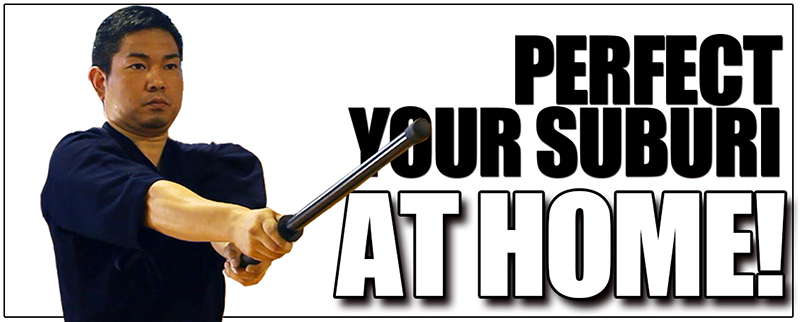
Yano – The turning point for that developed around the time when it was decided to have kendo be a part of school education. The modern School Education System was developed after the 5th year of Meiji (1872), and the arguments to include martial arts (kenjutsu, jujutsu) in standard education were continuing. The results to this came in 1883 with an announcement following an investigation by the Physical Education Instructor Institute that as the main goal was to develop the body, the need to maintain equality, as well as the inability to have a uniform teaching method as there were many ryu-ha and techniques lead to the rejection of kenjutsu and jujutsu.
Yano Yusuke – Born in the 55th year of Showa. Age 40.
From Miyazaki Prefecture. After graduating from the Japanese National Physical Education University Budo Specialist Kendo Course, he received his master’s and a PhD from the same university researching sports science and is now a Professor of Sports Science. Having worked as a research associate at his alma mater, he then acted as an adjunct lecturer at Kobe University as a member of Health Science and Sports Department. He is currently an associate professor at Aichi Shukutoku University.
 | Did you like what you've just read? Check this out. |



